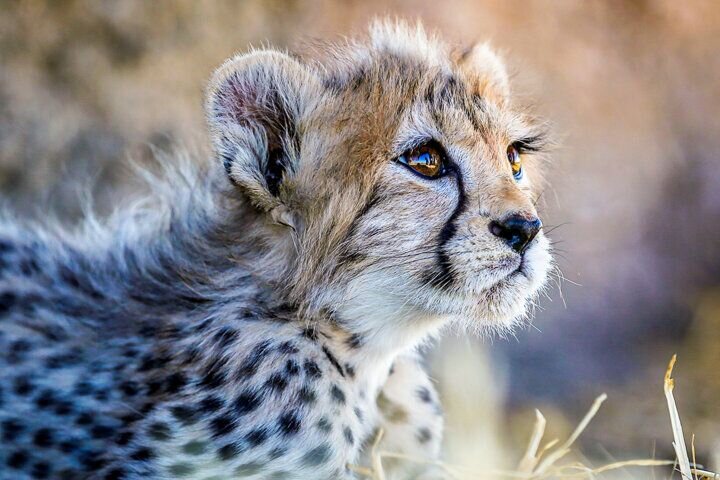The importance of biodiversity conservation

TEHRAN –In an effort to underscore the importance of safeguarding species, April 4 was declared in the Iranian calendar year 1393 (March 2014–March 2015) as the National Day of Genetic and Biological Reserves. A year later, it was designated on the national calendar.
To preserve the genes of endangered species, the Department of Environment (DOE) and the National Center for Genetic and Biological Resources signed a memorandum of understanding (MOU) last year, IRNA reported.
Based on the MOU, living samples of cheetahs, leopards, and brown bears are kept in the center in the form of cell culture enabling the potential cloning of extinct species.
Being a vast country with climatic diversity, Iran is home to about 2,000 species of animals, including mammals, birds, reptiles, amphibians, inland water fishes, and 8000 plant species, with more than 1,700 being endemic or native to the country.
This rich biodiversity serves as a valuable genetic and biological reserve for the country, necessitating special support and attention for many species.
According to the latest statistics of the DOE, 210 species of mammals, 640 species of birds, 300 species of reptiles, 23 species of amphibians, and 350 species of inland water fish live in the country.
Among these, a total of 76 Iranian wildlife species are on the red list of the International Union for Conservation of Nature (IUCN), indicating that they are critically at risk of extinction. They include 19 species of mammals, 25 species of birds, 16 species of reptiles, 4 species of amphibians, and 10 species of inland fish.
Endangered species include the Persian yellow deer, Persian zebra, Caspian seal, bustard, leopard, Asian black bear, mugger crocodile (gando), blue whale, and fin whale as well as the Persian cheetah which is critically at risk of extinction.
Since these species are part of the genetic and biological reserves of the country, protecting them is essential and paramount.
Endangered species
There are many threats to endangered wildlife species, including mammals, reptiles, amphibians, fish, and birds.
Habitat destruction, fragmentation, and modification caused by human-led activities such as industrial and residential development, logging, crop farming, livestock grazing, mining, road and dam building, and pesticide use have taken an extreme toll on threatened and endangered wildlife populations at an alarming rate.
Currently, about 128 species of animals and vertebrates in the country are at risk of extinction, some of which are not in good condition, and amphibians are the most vulnerable in this area.
Persian zebra, Asiatic cheetah, black bear, and yellow deer are in danger of extinction.
Zebras exist in two habitats in Iran; one is in the Turan protected area in the south of Semnan province, where there are about 250 zebras, and the other is in the Bahramgur protected area in the southeast of Fars province, where 1,200 zebras are kept.
The Persian zebra population is estimated to be around 1,500, although the zebra is considered an endangered species according to both national and international regulations.
Asiatic cheetah ranks second among Iran's endangered species. Including the cheetahs that have probably not been identified, the population of this species in Iran is estimated to be below 30.
Persian yellow deer is also one of the most important species in the world. According to the list provided by the International Union for Conservation of Nature, these deer are in the EN category and the red list, which is considered to be in danger of extinction.
The deer have been released in a limited number of habitats in "Ashk" Island, West Azarbaijan province, and "Dez" National Park, Khuzestan province.
They are also kept in reproduction and breeding centers in Ilam, Yazd, Fars, West Azarbaijan, and Mazandaran provinces.
Asian black bear, which is known as the Baluchi black bear, is another endangered species in the country. It lives mainly in forest areas, especially in mountainous areas at altitudes of 500 to 2,700 meters, and is found in Kerman, Hormozgan, and Sistan-Baluchestan provinces in very low quantities.
Paying attention to the biodiversity and wildlife inside the country will not work alone, and it is important to use international capacities to manage the current critical situation and prevent the extinction of endangered species.
Leave a Comment